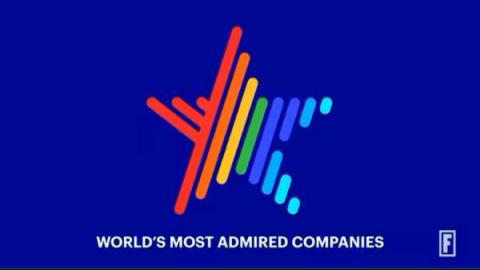Operations | Monitoring | ITSM | DevOps | Cloud
ServiceNow
How prebuilt ERP workflows tame unruly source-to-pay operations
Legacy enterprise resource planning (ERP) systems are good at executing transactions and producing document-based outputs, such as purchase orders. But they fall short when it comes to connecting the work of users across departments and functions. Prebuilt ERP workflows can help. Having spent more than 25 years in the ERP space, I’ve seen only a handful of customers with a single ERP instance.
Boosting supply chain resilience and supplier relations
Supply chain business leaders around the world have been taking a close look at their resilience, agility, and supplier relationships. They’re saddled with a multitude of legacy systems, enterprise resource planning (ERP) systems, supply chain applications, and point solutions. This combination results in a fragmented view of the supply chain and supplier relationships and ultimately leads to delays and elevated operating expenses that are passed on to customers.
How robotic process automation (RPA) streamlines data integration
If ServiceNow had a robotic process automation (RPA) fan club, I’d run for president. After seeing firsthand how an RPA-driven bot can improve productivity, I’m a firm believer in this technology. Not long ago, I was assigned a new project for my team: Use RPA to enhance data integration and management of our highly complex configure, price, quote (CPQ) system and processes, which our sales team uses to generate product configurations and pricing.
Forrester report: ServiceNow debuts as a Strong Performer in RPA
I’m incredibly thrilled to share that, in our very first year of entry, ServiceNow has been named a Strong Performer in The Forrester Wave™: Robotic Process Automation, Q1 2023. We believe this validates the impact of our product vision and current capabilities in this market. More importantly, we think it’s proof that our customers are reaching their business goals.
Why ServiceNow is one of the World's Most Admired Companies (again!)
We’re humbled and honored to announce that, for the fourth consecutive year, ServiceNow made the Fortune World’s Most Admired Companies list. This year, we ranked No. 3 in the Computer Software category, moving up two spots. The list is based on peer reviews by executives, directors, and analysts to identify the large U.S. companies that hold the strongest reputations within their industries.
4 ways technology optimization can elevate service operations
As the dependency on fast, easy-to-use technology continues to grow, it’s crucial for organizations to provide their employees with the best digital experiences possible. Workers are unable to successfully do their jobs if they frequently encounter disruptions and outages. Simply put, your IT infrastructure is critical to effective service operations. Technology optimization can help you make better use of the tools you already have and streamline the way your IT department functions.
New AI-powered chatbots heighten need for a service management platform
The technology behind OpenAI’s new ChatGPT service could change how humans interact with applications and machines. Tech giants such as Microsoft and Google are racing to catch up by launching their own AI-powered chatbots, realizing this technology can improve their search capabilities and enhance their product offerings. As new AI technologies and applications flood the market, strict governance will be critical.
Built on ServiceNow Q&A: Samsung SDS Zero Touch Mobility
Business leaders continue to face new pressures and challenges—from ongoing global uncertainty and increased geopolitical instability to tightening budgets and having to do more with less. To thrive, enterprises must invest for the future while simultaneously finding ways to operate more efficiently. At ServiceNow, we believe partnerships are the answer.
3 benefits of AI in the contact center
The quality of customer experience (CX) is declining, according to the American Customer Satisfaction Index. Customer satisfaction is at its lowest point in 17 years: 73.2 out of 100. Many factors are at play here, but there’s clearly an opportunity to improve the experience your customers receive. Adopting new strategies and technologies, such as AI in the contact center, can significantly improve efficiency and competitive advantage in three key ways.





